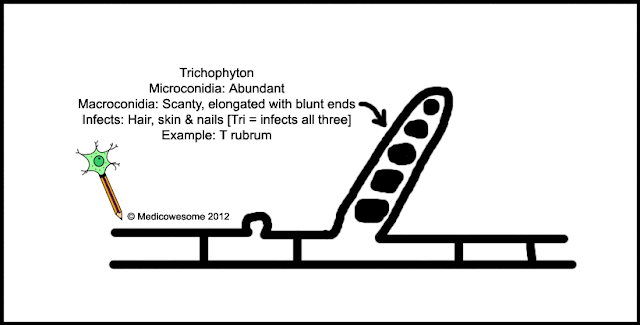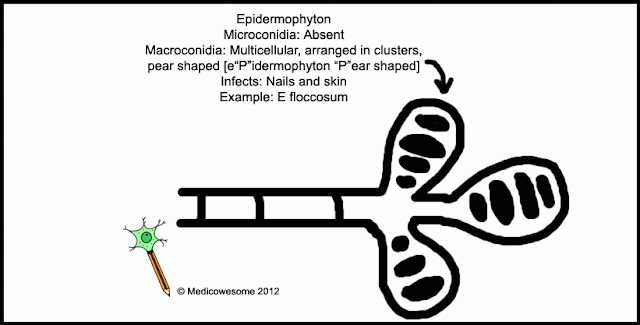Hi everyone. Just a list of changes you can see in the nails in different systemic Diseases. So let's get nailed ;)
1. Clubbing -
Loss of angle between the nail and the nail fold - More soft and bulbous nail.
Typically indicates Cardio Pulmonary function disturbance :
--> Cardiac conditions like Cyanotic heart disease, Infective endocarditis and Atrial myxoma.
--> Respiratory conditions :
Neoplastic like CA lung ( Esp. Squamous cell CA) , Mesothelioma.
Infective like Bronchiectasis , Abscess , Empyema.
(Non cardiorespiratory causes = Inflammatory bowel disease, Biliary Cirrhois.
Thyroid Acropachy , Acromegaly. )
2. Koilonychia -
Spoon shaped nails.
Strongly indicative of Iron Deficiency anemia or Fungal nail infection.
3. Onycholysis -
Destruction of nail.
Seen in Psoriasis , Hyperthyroid and Fungal nail infection.
4. Chronic Paronychia -
Inflammation of nail fold. May have swollen nail and discharge with throbbing pain. May occur due to frequent nail biting.
5. Cyanosis -
Can be looked for in nail bed. We have a post on this already.
6. Beau line -
Transverse furrows from temporary arrest of nail growth due to increased stress.
Nails grow at 0.1 mm/d , so furrow distance from the cuticle can be used to time the attack. Can be seen in Malaria , Typhus , Rheumatic fever , Kawasaki.
7. Mees line -
White transverse bands in Arsenic poisoning / Renal failure.
8. Muerhcke's line -
White parallel lines without furrowing on the nail.
Seen in Hypoalbuminemia.
9. Terry's nails -
Proximal portion of nail is white / pink , tip is reddish brown.
Seen in cirrhosis , CRF
10. Splinter hemorrhage -
Longitudinal Hemorrhage streaks under the nail seen in Infective endocarditis.
What a fun way to get nailed down 😂 Happy studying !
Stay awesome.
~ A.P.Burkholderia.







